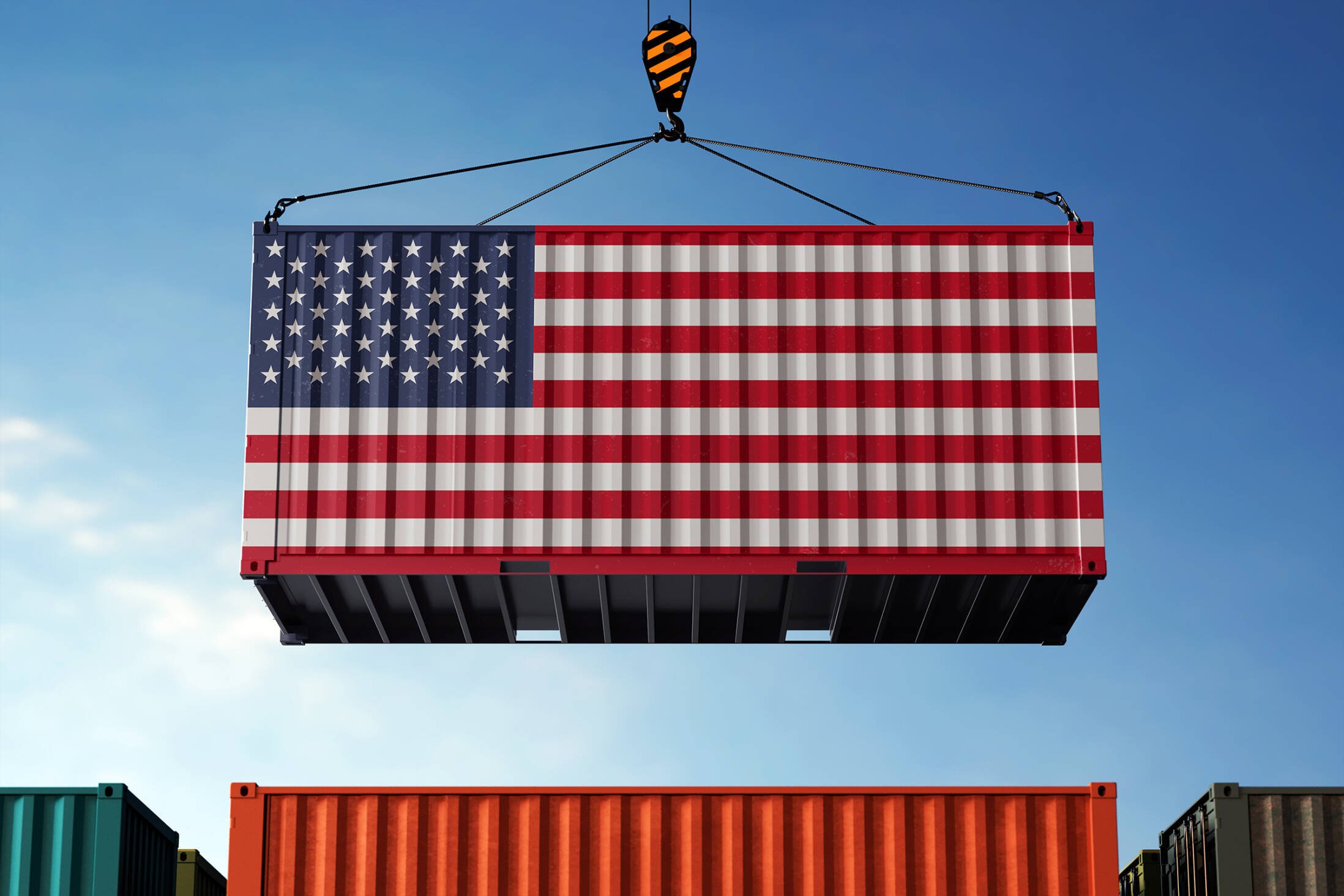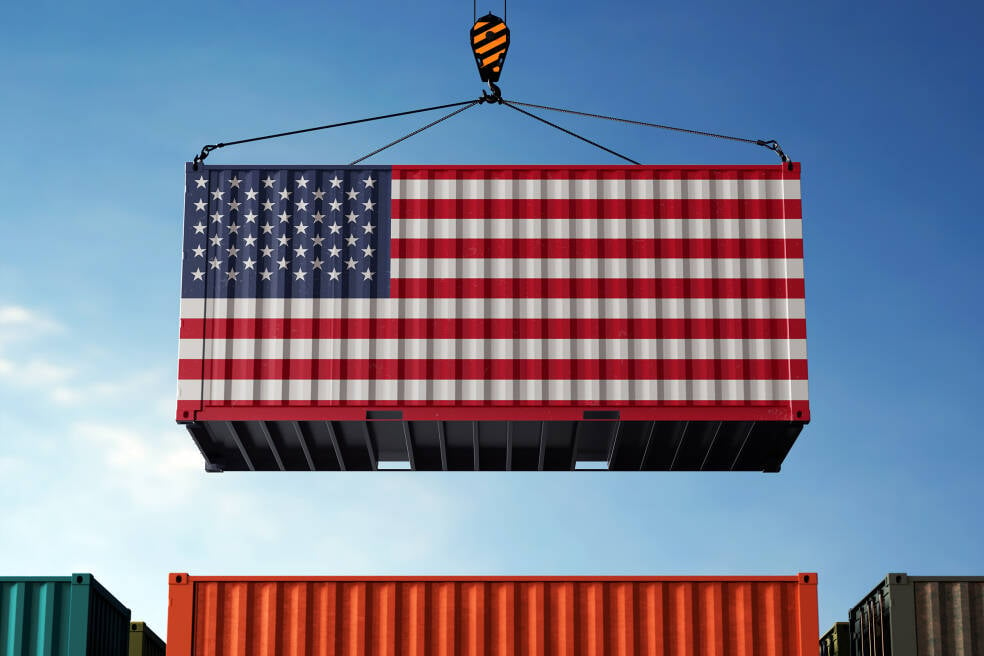
Inventive and flexible towards the future
Innovative industry
The China factor

Shifts in global trade
The Trump government and the port of Rotterdam: Expectations for 2025-2029
Scroll down
Vessels loaded with essential freight, such as machines, food, electronics, oil, gas, metals and soy, sail daily between America and Rotterdam. On an annual basis, that is more than 50 million tonnes of cargo, the container flows are over one million TEU. Many of these products are the building blocks of European industry and consumer markets.
The port of Rotterdam is a vital central hub of global trade. Trade between the Netherlands and the United States, accounting for about a hundred billion euros a year, is a significant part of that activity. For the exporting business community, the United States are the fourth biggest market, after our close neighbours Germany, Belgium and the UK.
That could be otherwise in the case of Trump. We got a taster in 2017 with the introduced sanctions, but statements about Canada and Greenland, which Trump believes should join the United States, indicate that it could be more extreme this time. If we interpret that as a first step in the negotiations, then who knows what awaits us. That applies in the port of Rotterdam as well.
As I write this, the world is awaiting the inauguration of the next president of the United States. In many cases, the change of government leaders isn’t a massive event for global trade and logistics. Policy changes are often more limited than the election campaigns suggested, and the business community is creative and flexible enough to adapt.
by Michiel Nijdam, Head of Strategy, Port of Rotterdam Authority
Trump's America
Meanwhile in


Inventive and flexible towards the future
Innovative industry
The China factor
Shifts in global trade
The Trump government and the port of Rotterdam: Expectations for 2025-2029
Vessels loaded with essential freight, such as machines, food, electronics, oil, gas, metals and soy, sail daily between America and Rotterdam. On an annual basis, that is more than 50 million tonnes of cargo, the container flows are over one million TEU. Many of these products are the building blocks of European industry and consumer markets.
The port of Rotterdam is a vital central hub of global trade. Trade between the Netherlands and the United States, accounting for about a hundred billion euros a year, is a significant part of that activity. For the exporting business community, the United States are the fourth biggest market, after our close neighbours Germany, Belgium and the UK.
That could be otherwise in the case of Trump. We got a taster in 2017 with the introduced sanctions, but statements about Canada and Greenland, which Trump believes should join the United States, indicate that it could be more extreme this time. If we interpret that as a first step in the negotiations, then who knows what awaits us. That applies in the port of Rotterdam as well.
As I write this, the world is awaiting the inauguration of the next president of the United States. In many cases, the change of government leaders isn’t a massive event for global trade and logistics. Policy changes are often more limited than the election campaigns suggested, and the business community is creative and flexible enough to adapt.
by Michiel Nijdam, Head of Strategy, Port of Rotterdam Authority
Trump's America
Meanwhile in